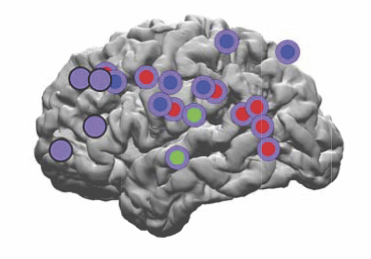

A growing number of researchers think that the brain’s architecture (that is, how neurons are interconnected) significantly influences and constrains how school learning takes place in the brain. This second discovery concerns how the brain architecture influences learning. The first major discovery (discussed above) highlights an essential condition for establishing links between the brain and education, whereas the second major discovery leads us to believe that a better understanding of the brain could provide clues as to how we can better teach students.

2: The architecture of the brain influences learning Because learning shapes the brain, we can use brain imaging to identify the effects of school learning on the brain and thus build the first bridge between the brain and education. What interest would there be in the relationship between the brain and education if learning did not shape the way the brain functions or its architecture? Brain imaging lets us observe brain activity associated with school tasks such as reading and counting, but it does not tell us how the brain develops these skills. The fact that learning shapes the brain’s function and architecture is a sine qua non for establishing a clear link between the brain and education. The brain is therefore not a set – but a dynamic – organ that is constantly adapting its architecture to its environment. More specifically, connections between neurons are altered by learning: new connections can be created and existing connections can come loose, be reinforced or weaken. In fact, though the brain is particularly malleable in early childhood, it retains a surprising degree of plasticity throughout our lives. We now know that this idea is, for the most part, incorrect. For many years, we believed that the brain was a set organ that developed during pregnancy and early childhood, influenced primarily by genetic factors, but that remained relatively stable thereafter. The first discovery concerns the relationship between learning and the brain. 1: Learning changes the architecture of the brain

These three discoveries relate to how learning affects the brain, how the brain’s architecture influences learning, and how teaching impacts brain development. In this article, I present three major discoveries that will not only help build stronger links between the brain and education, but that also support the hypothesis that a better understanding of students’ brains can help us teach them better. Today, however, due to advances in brain imaging in particular and neuroscience in general, the situation has changed significantly. As this link was neither clear nor based on sound scientific knowledge, the educational benefits from brain research were few and meager. Researchers, teachers, and others in the field of education intuitively suspected that there was a profound and significant link between the brain and school learning. Several years ago, the relevance of neuroscience research in education was fairly limited.


 0 kommentar(er)
0 kommentar(er)
